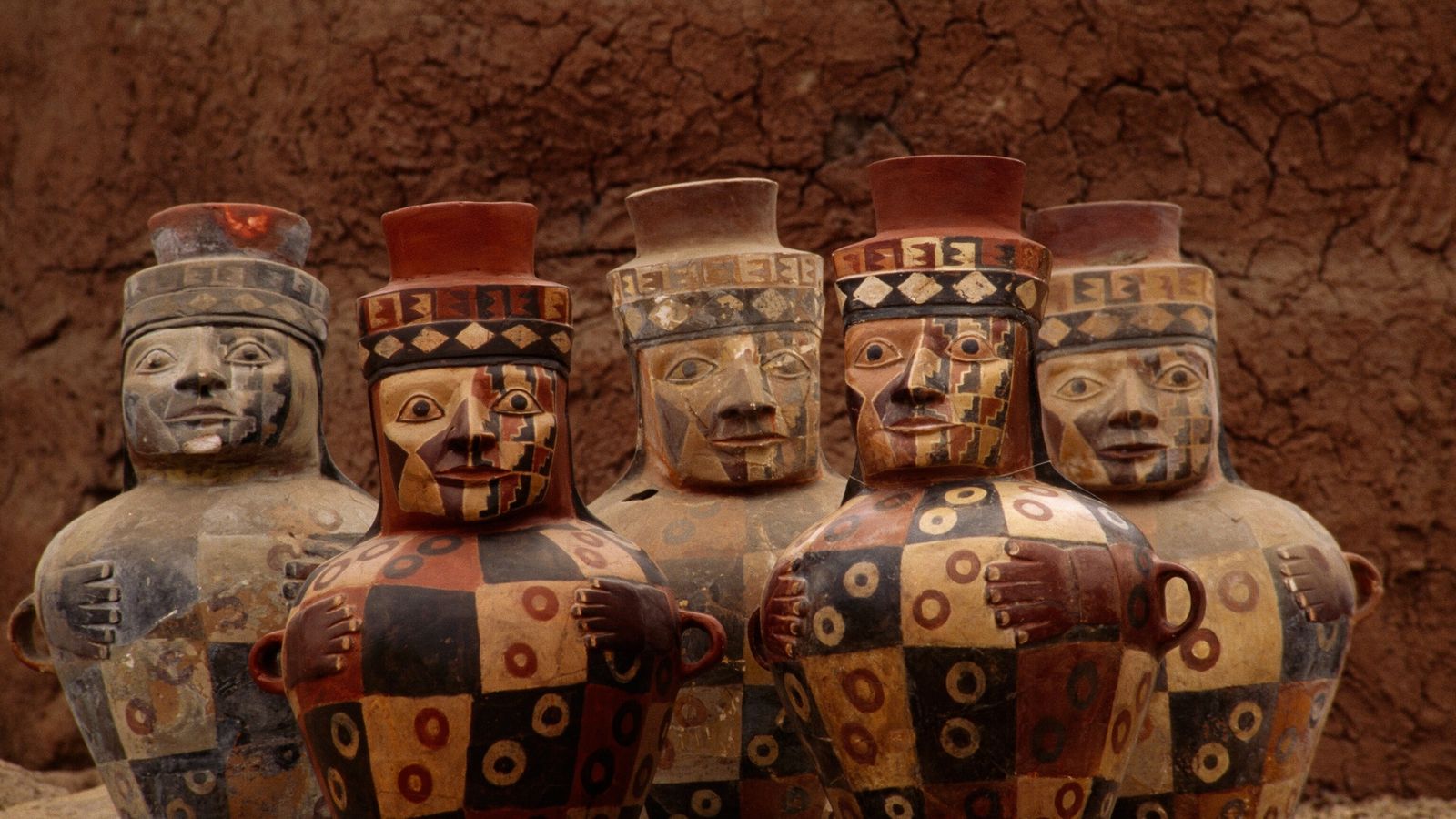



History Encounter Two Worlds – Peruvian History
The encounter between the Inca culture and Hispanic culture got underway as a result of the Spanish conquest in the early sixteenth century. In 1532, the troops of Francisco Pizarro captured Inca ruler Atahualpa in the northern highland city of Cajamarca.
The indigenous population was to dwindle during the first few decades of Spanish rule, and the Vice-regency of Peru was created in 1542 after a battle between the conquerors themselves and the Spanish Crown.
Spain’s foothold in the New World was consolidated in the sixteenth century when Viceroy Francisco de Toledo laid down a set of rules governing the colonial economy: the mita system used indigenous labor to operate the mines and produce arts and crafts. These activities, together with a monopoly over trade, formed the basis of the colonial economy. But the changeover in the dynasty and the Borbon reforms in the eighteenth century sparked dissent among many social sectors. The main indigenous uprising was led by Tupac Amaru II, which was to set rolling the Creole movement that led to independence of Hispanic America from the Spanish crown in the early nineteenth century.
Until the seventeenth century, the Peruvian vice-regency covered an area stretching from Panama down to Tierra del Fuego.
The missionary work of the Catholic priests blended with ancient Andean beliefs, forging a fusion of beliefs that still exists today. The Spaniards also brought along African slaves, who together with Spaniards and the indigenous population, form part of the social and racial fabric of Peru.
During the sixteenth and seventeenth centuries, Peruvian intellectual writings and colonial art contributed to Spanish tradition.
**Prices may vary depending on travel dates. For more information, fill in the form to get in contact with a Travel Advisor.
Prices from USD based on double occupancy.





















Address:
Av. Camino Real N° 111 Office 205 Second Floor San Isidro, Lima - Perú
Av. Primavera 543 4to.piso Chacarilla del Estanque - San Borja
Phone:
E-mail:
Copyright © 2023 by Perutravels.net